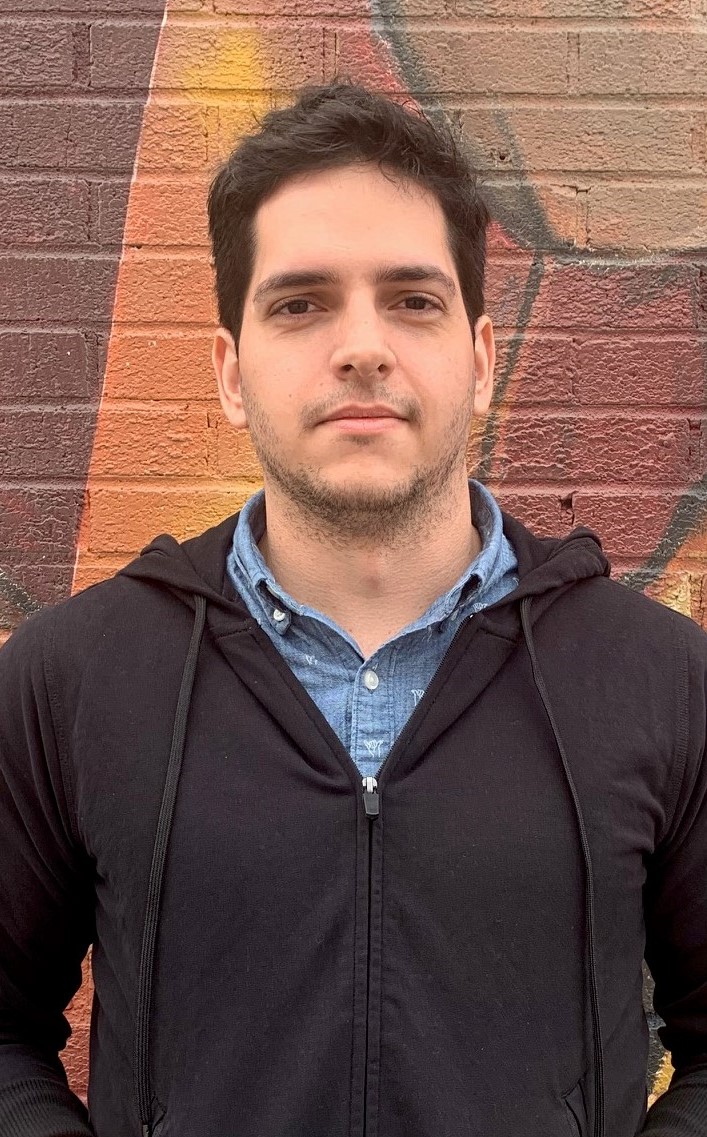Research
Working Papers
Less Policing, More Violence: Evidence from Police Strikes in Brazil, April 2025.
This paper leverages police strikes to analyze the impact of reduced preventive policing on crimes. I find that deterrence had an essential role in violent behavior: the police-crime elasticity for violent offenses is as strong as -2.5, and a back-of-the-envelope calculation reveals that strikes could cost up to U$ 8.68 million daily. Large elasticities associated with de-policing suggest that the offenders’ perceived probability of being caught has asymmetric effects on their expected utility of committing crimes. Vehicle theft and carjacking victimization patterns indicate that criminals switched to violent methods when the probability of being caught committing a crime was minimal.
Is Crime Displacement Inevitable? Evidence from Police Crackdowns in Fortaleza, Brazil, with José Carvalho, March 2025.
We evaluated one of the most common policing strategies in Brazil: the allocation of police blitzes. This place-based focused deterrence intervention has well-defined assignments, and 3,423 interventions were precisely recorded in Fortaleza-CE, Brazil, between 2012 and 2013. Our analysis takes advantage of the high spatiotemporal daily data resolution coming from an unprecedented longitudinal micro-Big Data (GPS and PING records) to make comparisons of small intervention areas, while controlling for common daily trends and accounting for spatial and temporal crime displacement/diffusion of benefits; to show that an average police crackdown causes a 35% decrease in violent crime occurrences. There are diminishing returns of public safety to hours spent by police in a single area, corroborating what police officers know well from their own experience and discretionary behavior. Although crime increases by 6% immediately after the end of a blitz, we observe lasting deterrent effects (diffusion) after 2-3 days. The residual deterrence cancels the relocation of the crime, and the intervention does not generate significant temporal displacement. In addition, we do not find spatial displacement from crime in blocks up to 1.5 km from a blitz. This type of micropolicing tactic generates deterrence by being highly visible in a street segment for a short period and intermittently quasirandom in space-time, which produces uncertainty that might be crucial in minimizing the temporal and spatial displacement of crime. Of public policy interest, we show that the allocation of blitzes passes in an initial cost-benefit analysis.
Working paper 2025 IAAE Conference
Work in Progress
Neighborhood Intervention, Crime, and School Achievement: Evidence from Football Fields Construction in Fortaleza, Brazil, [pdf soon].
In July 2014, Fortaleza started a citywide large-scale urban renewal project focused on disadvantaged neighborhoods with high shares of young adults. The program builds football fields, invests in citizenship formation through football lessons, and improves the nearby infrastructure with a playground, street lighting, and sidewalk. This paper uses a difference-in-differences design to provide the causal effects of this neighborhood intervention on violent crime and students' performance. I find that football fields cause, on average, a 2/3 decrease in homicide rates with no evidence of crime moving around the corner or clock. Estimates are driven by young males with a criminal history, which suggests that renovated areas experience fewer gang fights after the policy's implementation. Voluntary incapacitation, more state presence and eyes on the streets are relevant mechanisms that explain the decrease in violence. Also, fifth-graders who study close to a football arena improved their Math scores by 2.5%, on average. Considering the neighborhood's amenity value and public safety improvements, social benefit exceeds costs within two years. Urban policies that blend person- and place-based interventions might be cost-effective alternatives to Police Services to reduce homicides.
Other
Are There Reasons for a New Fiscal Adjustment in Brazil?, December 2014. In School of Finance Administration (ESAF) - XIX National Treasure Award. Portuguese only.
The Social Structure of Crime and the Spatial Spillover of the Police: The Case of Fortaleza, Brazil”, July 2016. Dissertation Paper, Universidade Federal do Ceará. [pdf under request], Portuguese only.
